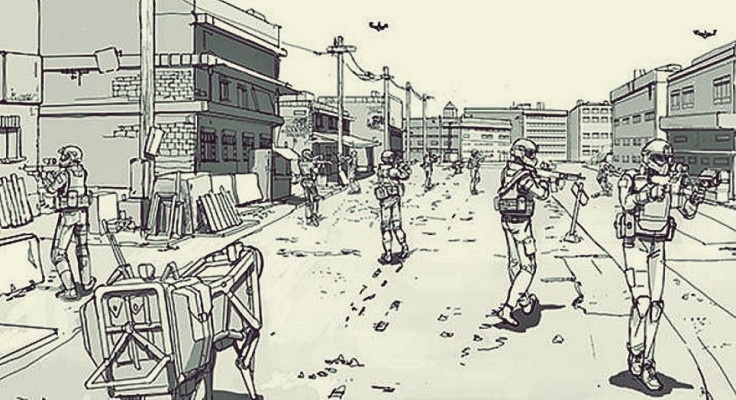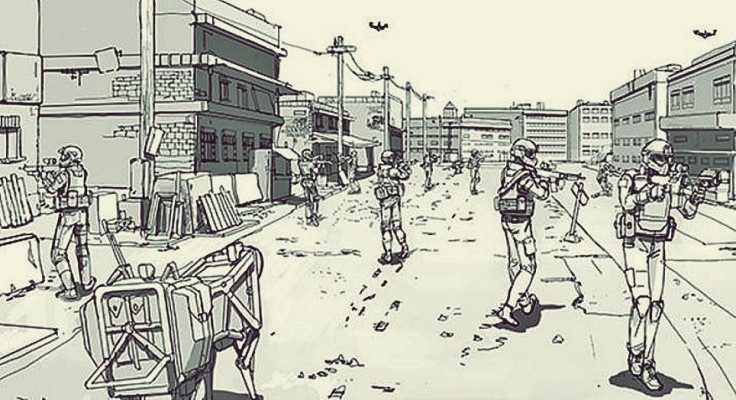US Soldiers Will Soon Fight Alongside AI-Controlled Robots

The U.S. Defense Advanced Research Projects Agency (DARPA) is running a program that’s integrating fighting robots controlled by AI (artificial intelligence) with combat infantry from the U.S. Army and the U.S. Marine Corps to fight the wars of the future.
The program is called Squad X. Implemented a few years ago, Squad X seeks to take advantage of the highly effective multi-domain defensive and offensive capabilities offered by digital electronics. Many of these technologies, however, are too heavy and cumbersome for individual soldiers to carry, or too difficult to use under combat conditions.
Squad X seeks to overcome these problems, and along with the complementary Squad X Experimentation and Squad X Core Technologies programs will design, develop and validate autonomous system prototypes fit for battle.
These prototypes will be equipped with novel sensing tools and off-the-shelf technologies. These technologies aim to increase a combat squad’s situational awareness, while the AI machines allow squads to cover more of the battlefield with reconnaissance and fire.
Recently, AI and Marines trained for combat in a mock-up that looked like a Middle Eastern city. Marines moved through the streets while the robots provide situational awareness by covering the flank and patrolling the streets. Robots respond to the commands of the Marines but operated autonomously unless called upon.
Squad members testing the system wore vests fitted with tracking and calibration sensors. Every Marine working alongside the robots had to wear sensors and equipment to help the robots work.
These sensors are important to the Squad X system, which requires a series of nodes to function. Other system nodes include unmanned backpack sensors, a Puma aerial drone, and a Crew Ranger loaded with computers and sensors, which acted as super node.
Robots used in the program function only as sensors that give soldiers more battlefield awareness. DARPA, however, wants drones to one day be able to respond in real-time to cyber and electronic threats.
It calls this “non-kinetic engagement,” meaning these robots won’t fire bullets, but will still attack.

Published by Medicaldaily.com



























